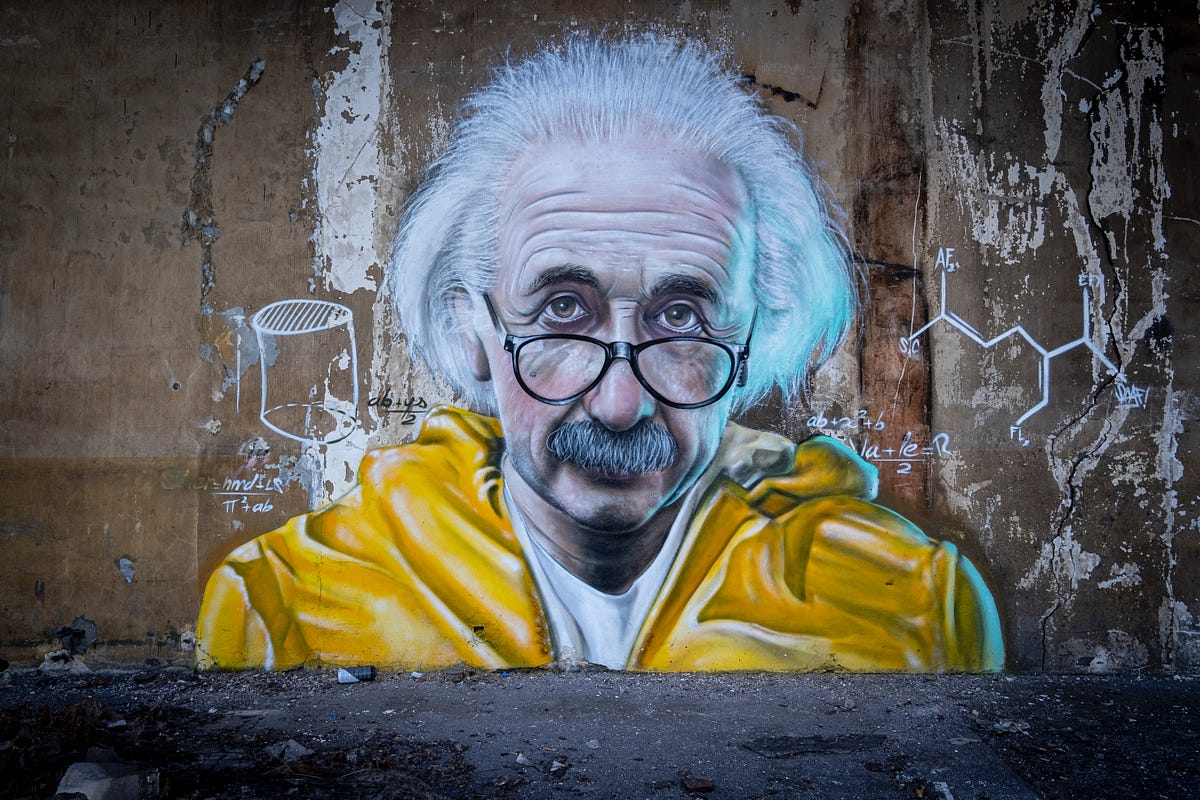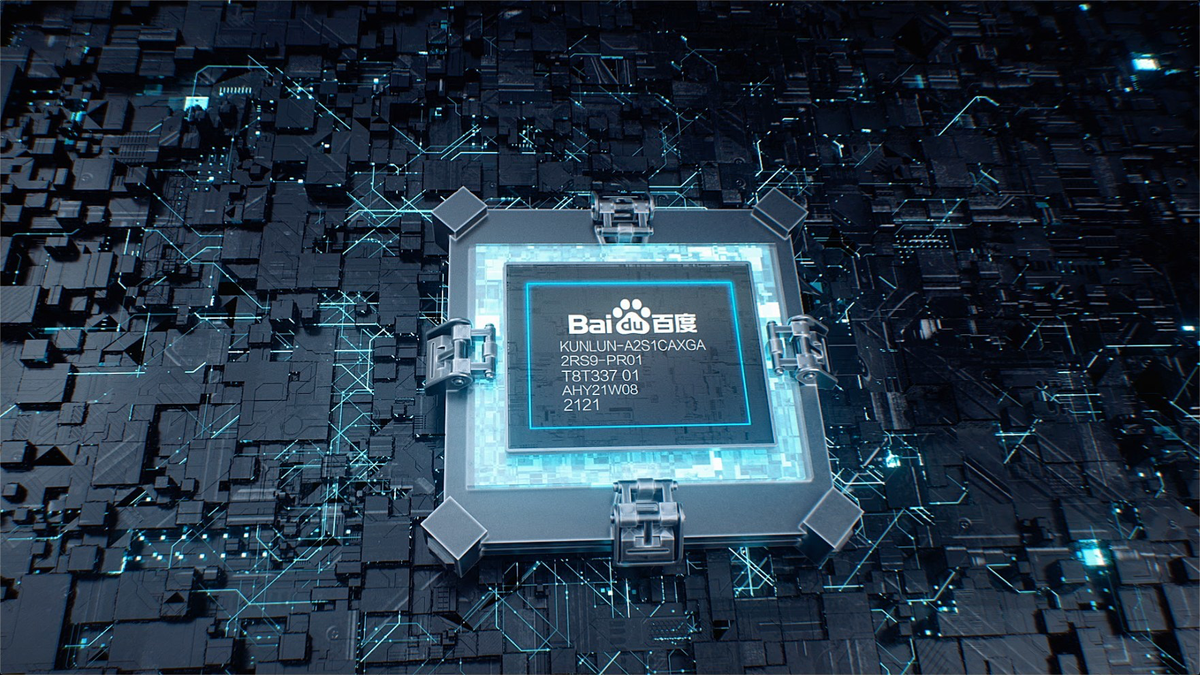
Mitochondria Are Alive - Asimov Press
In a 1967 paper called “ On the Origin of Mitosing Cells,” American evolutionary biologist Lynn Margulis proposed an idea that, upon first hearing, seems ludicrous. Her paper, in fact, was rejected by 12 different journals before it was published.
Margulis argued that one-and-a-half billion years ago, a primitive eukaryotic cell engulfed an oxygen-utilizing bacterium. But rather than digesting this bacterium — or conversely, the bacterium destroying its newfound host — the two cells gradually entered into an endosymbiotic relationship; the host provided nutrients and protection to the bacterium, and the bacterium supplied energy to the host. Margulis argued that this endosymbiosis event was a seminal “innovation engine” for biological systems, ultimately leading to the modern mitochondrion and chloroplast.
Margulis’ theory was attacked and ridiculed, igniting academic hostilities that lasted for decades. Over time, though, biologists began to accept her ideas because the membrane structure and molecular machinery within mitochondria closely resemble that of extant bacteria. Most biologists today, however, also believe that mitochondria have “devolved” into little more than membrane-bound organelles, similar to inanimate components like the endoplasmic reticulum or Golgi apparatus.





















